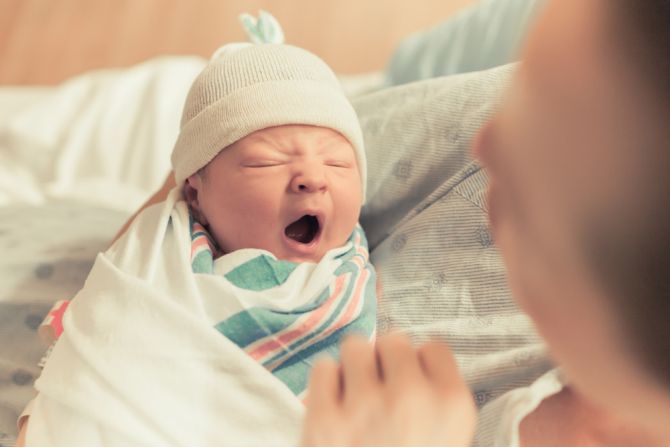Washington, D.C. Newsroom, Apr 26, 2024 / 16:45 pm
Provisional data published by the Centers for Disease Control and Prevention (CDC) this week showed that the fertility rate in the United States hit a record low and the total number of births in the country was the lowest it’s been in decades.
According to the report, slightly fewer than 3.6 million babies were born in 2023, or 54.4 births per 1,000 women aged 15 through 44. This was a 2% decline in total births and a 3% decline in births per 1,000 women when compared with the previous year.
The total fertility rate, which estimates how many children an average woman would have over the course of her life based on the yearly data, was just over 1.6 births per woman, which was a 2% decline from the previous year. This is well below the replacement rate needed to sustain a population, which is about 2.1 births per woman over her life.
This was the fewest number of babies born in the United States in a year since 1979 and the lowest fertility rate recorded in American history — just under the previous record lows set in 2020.






